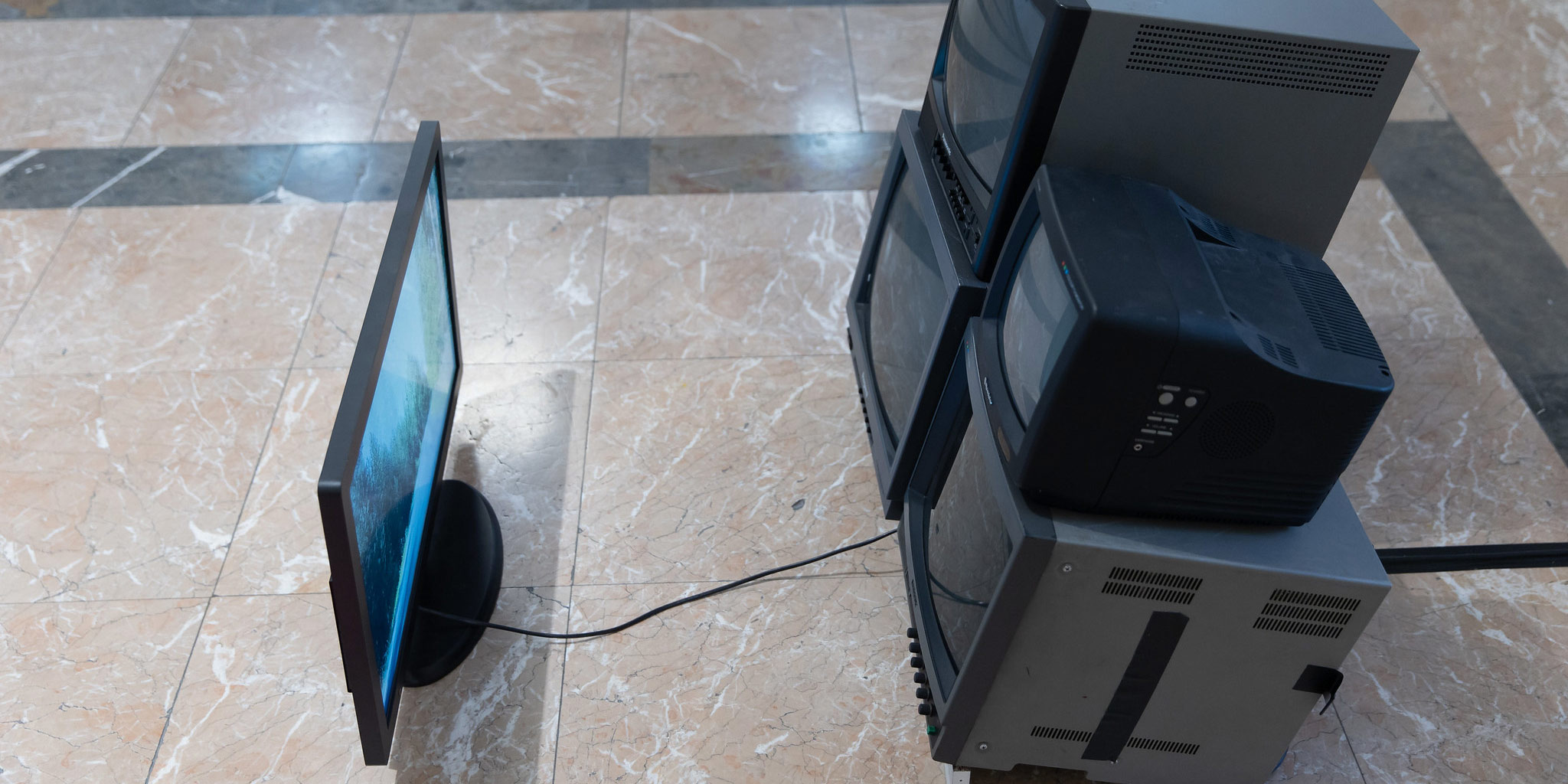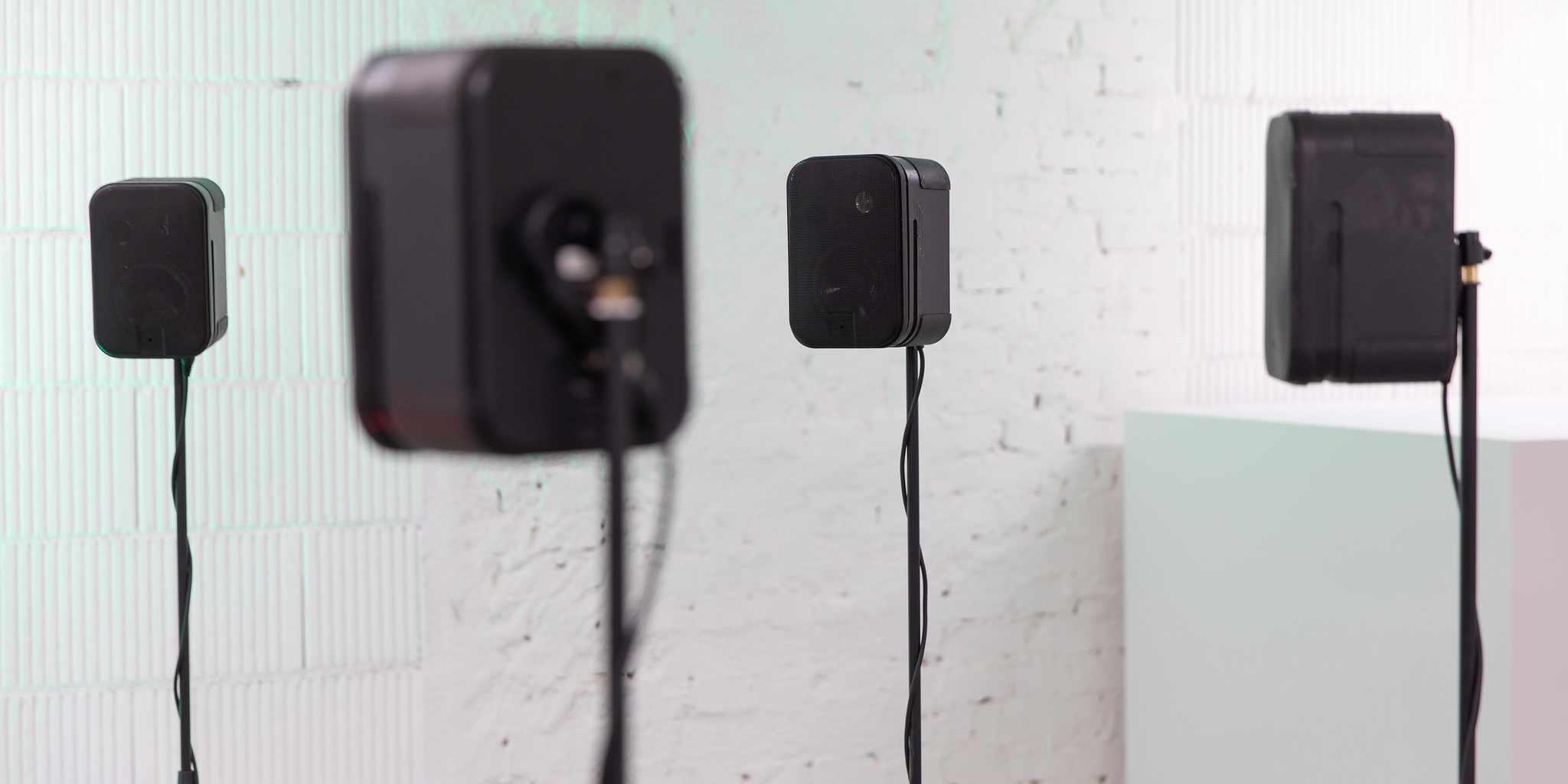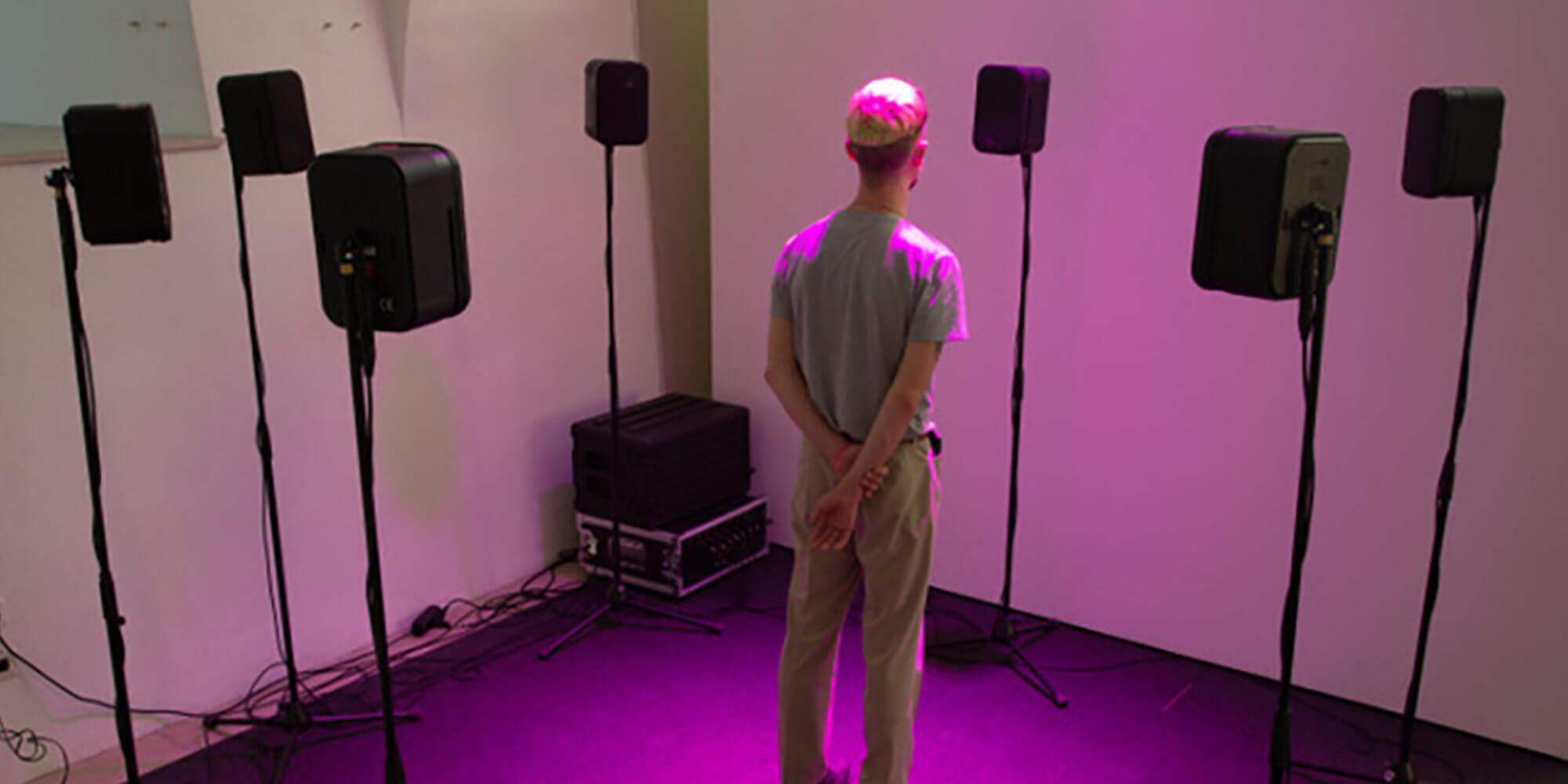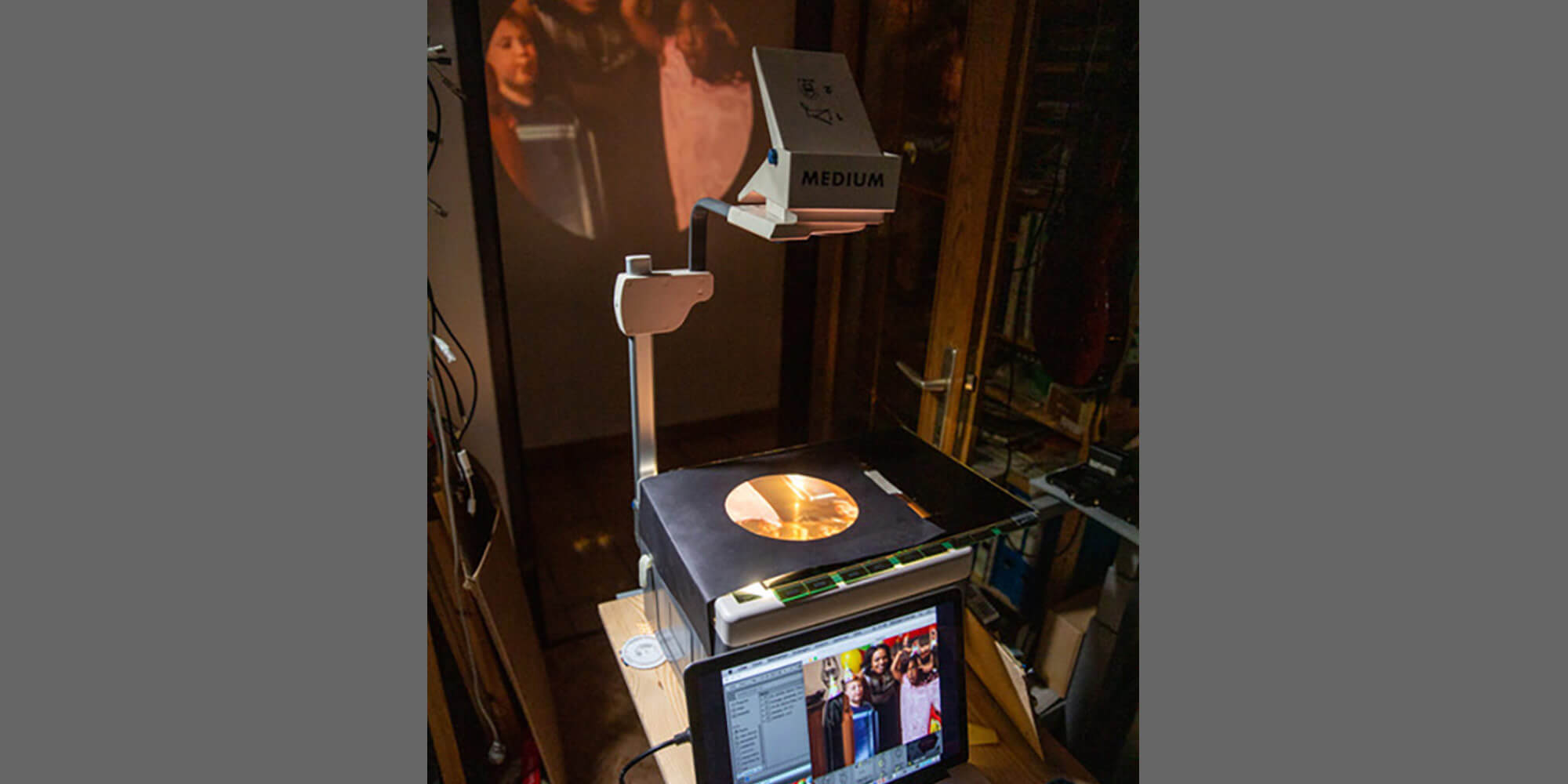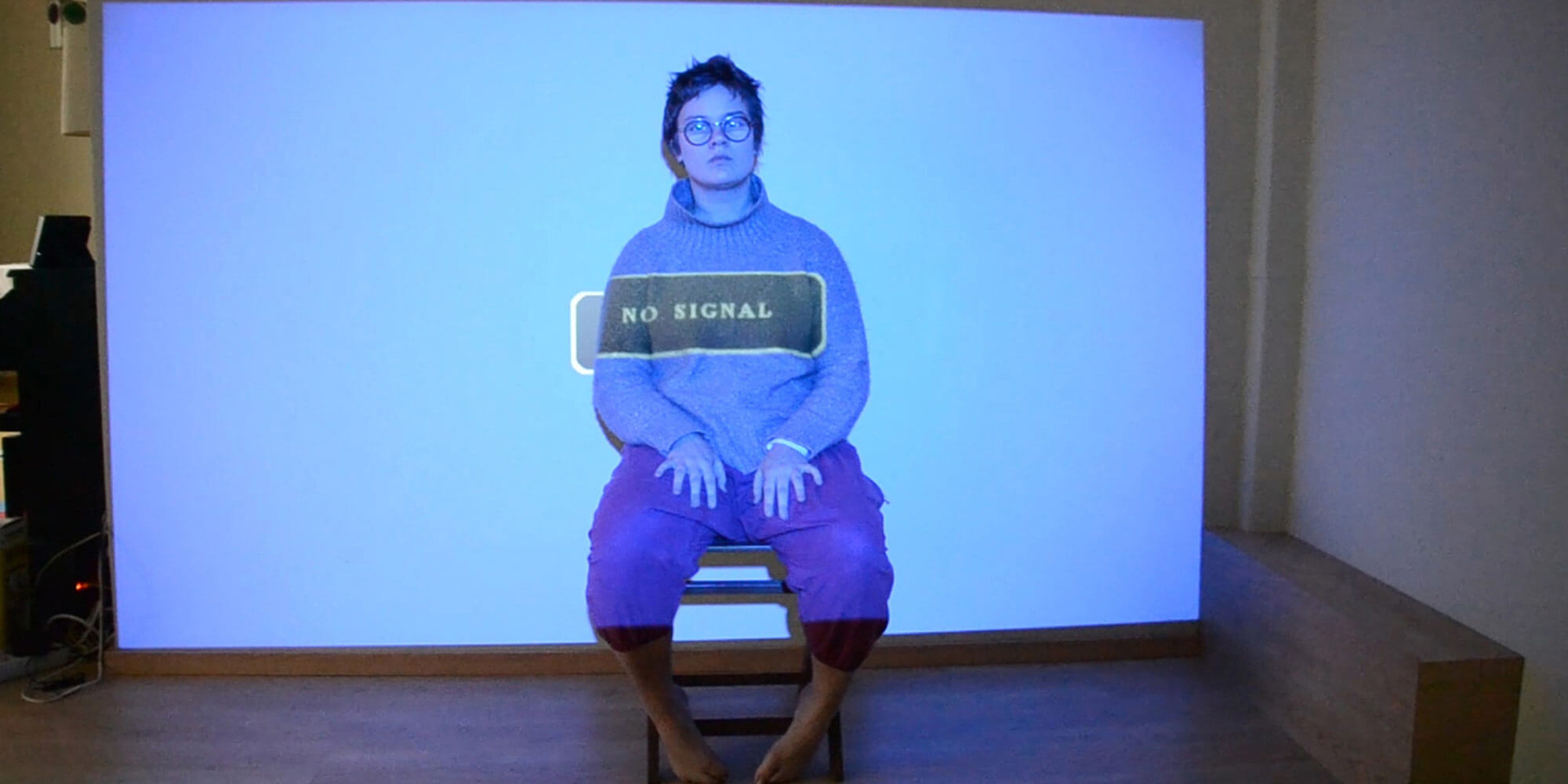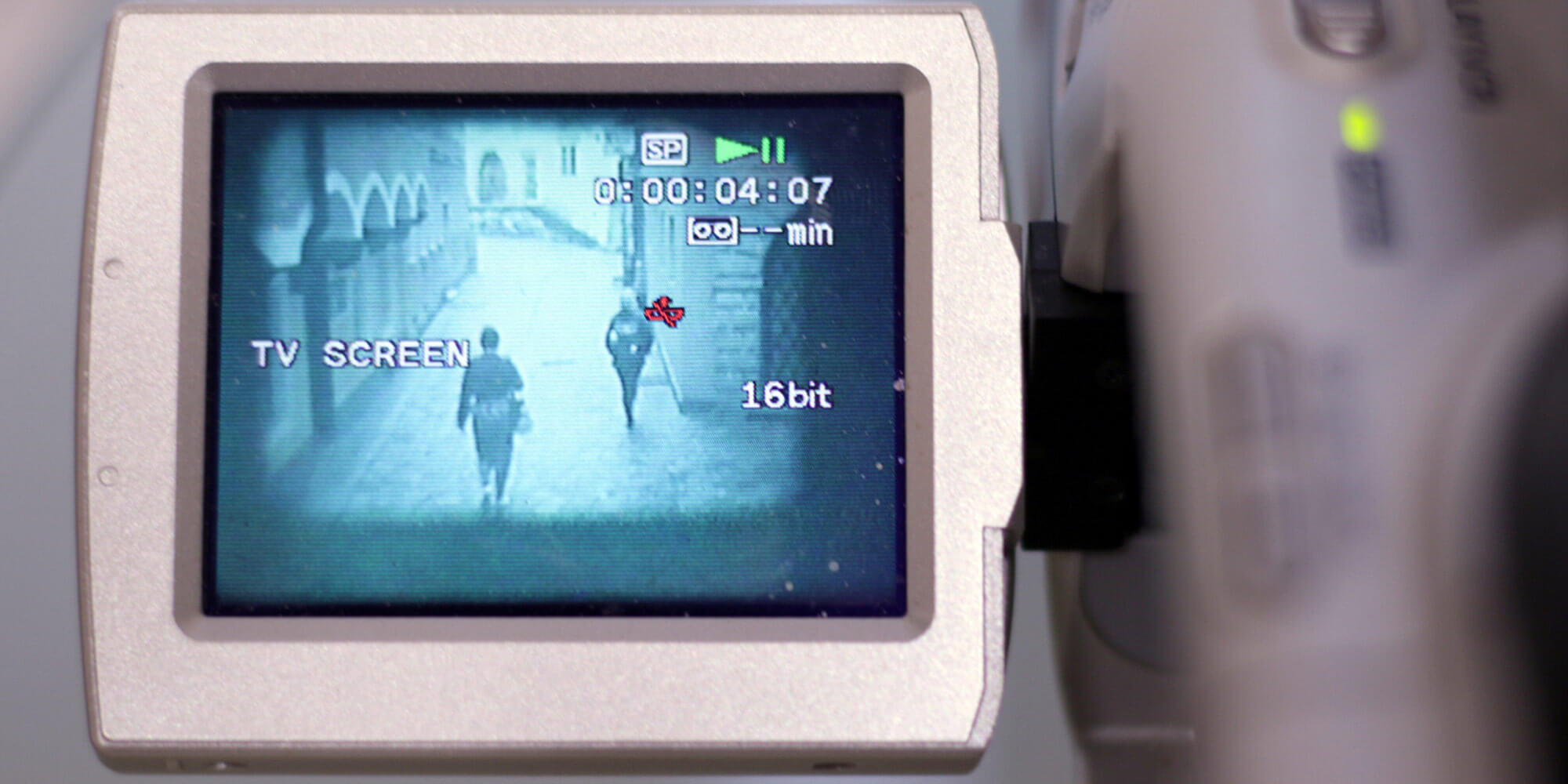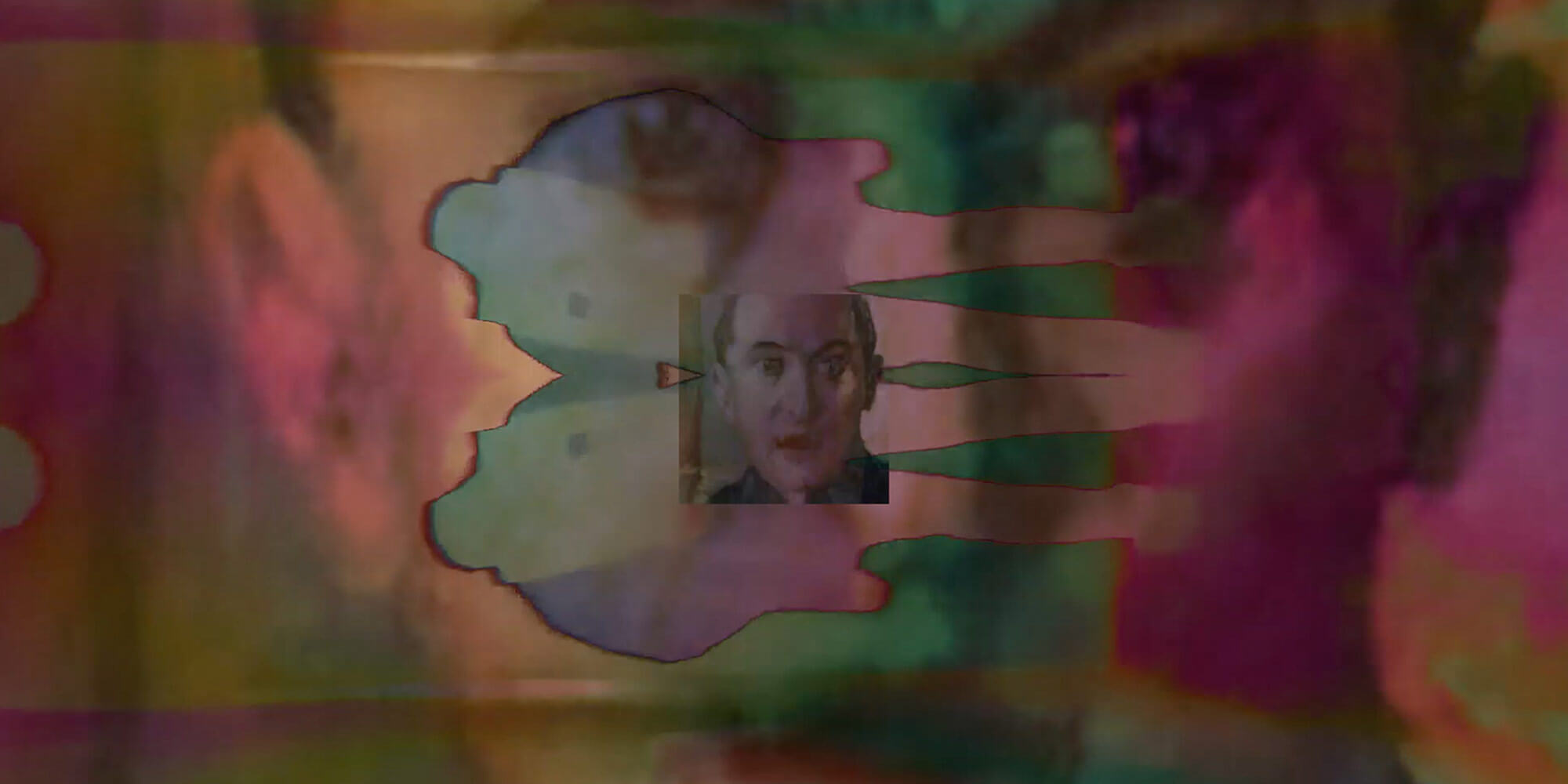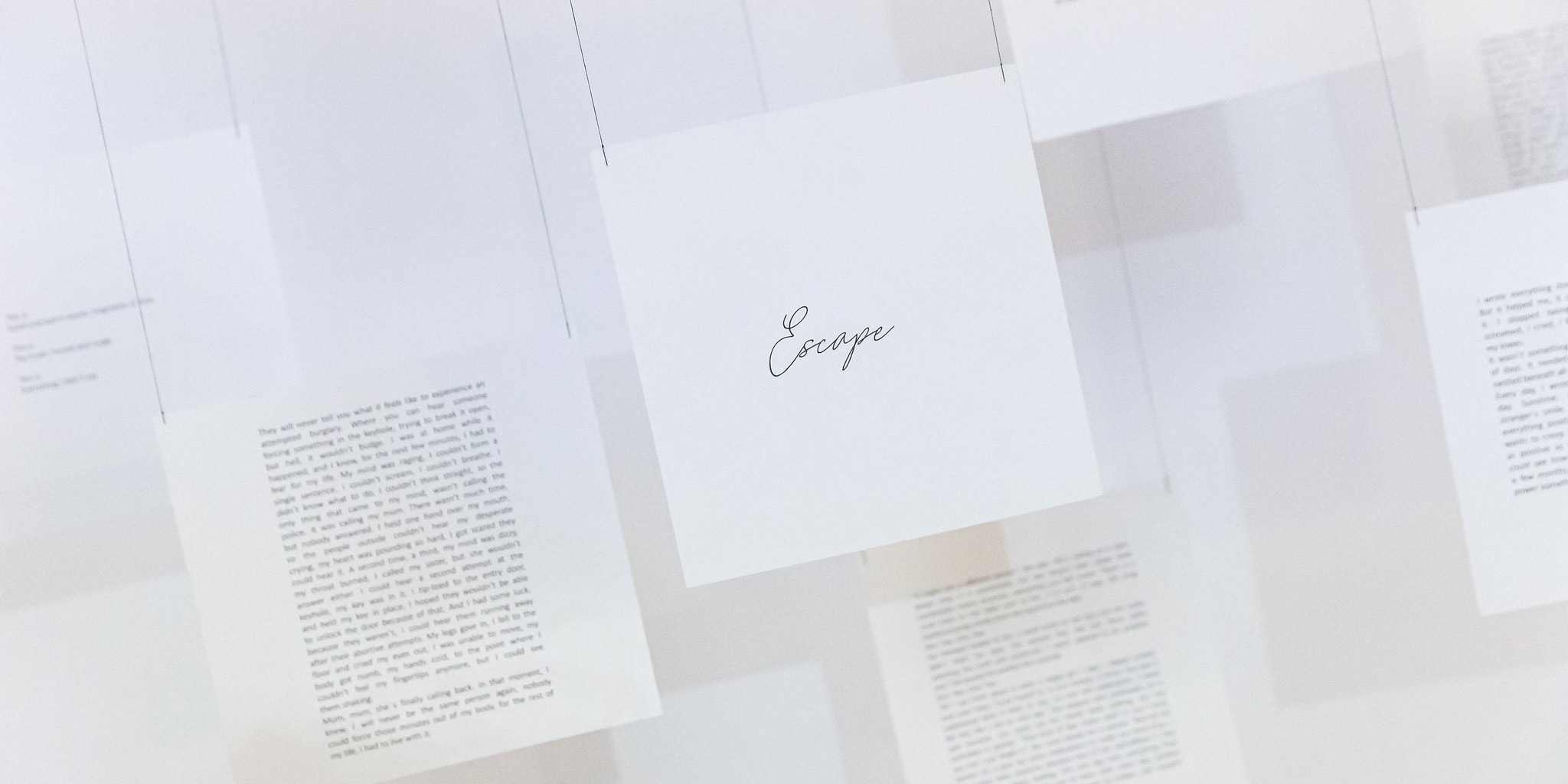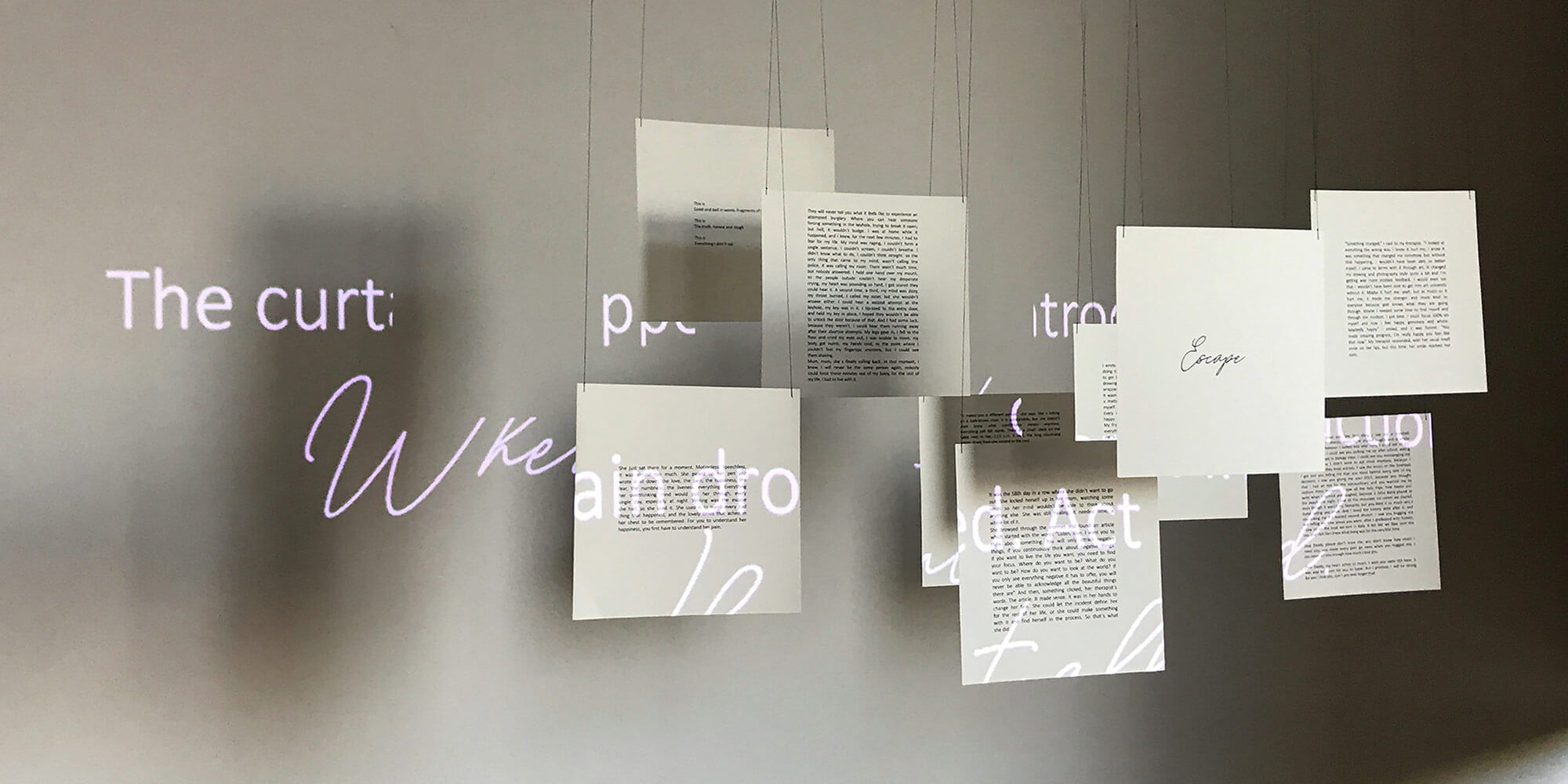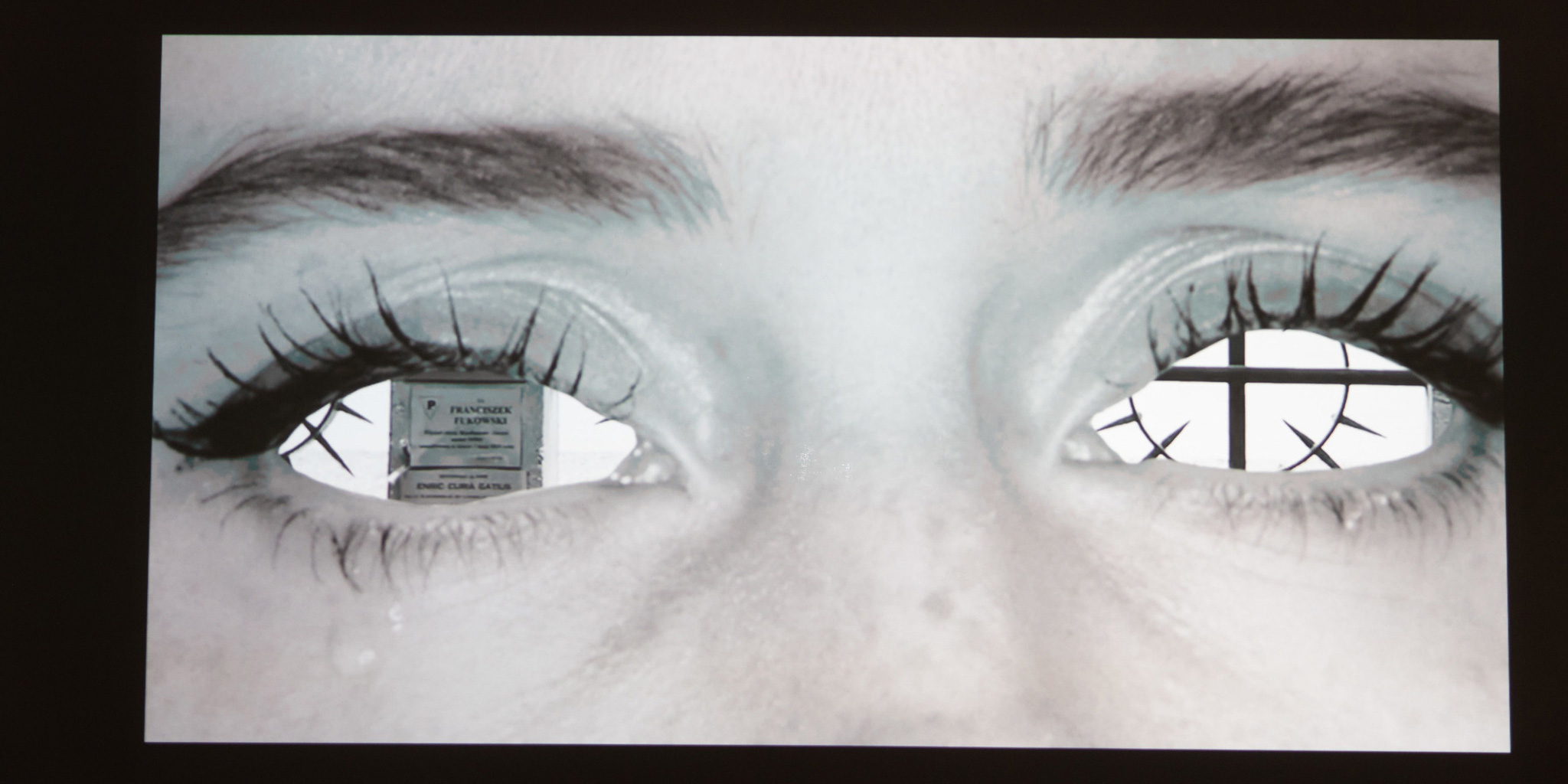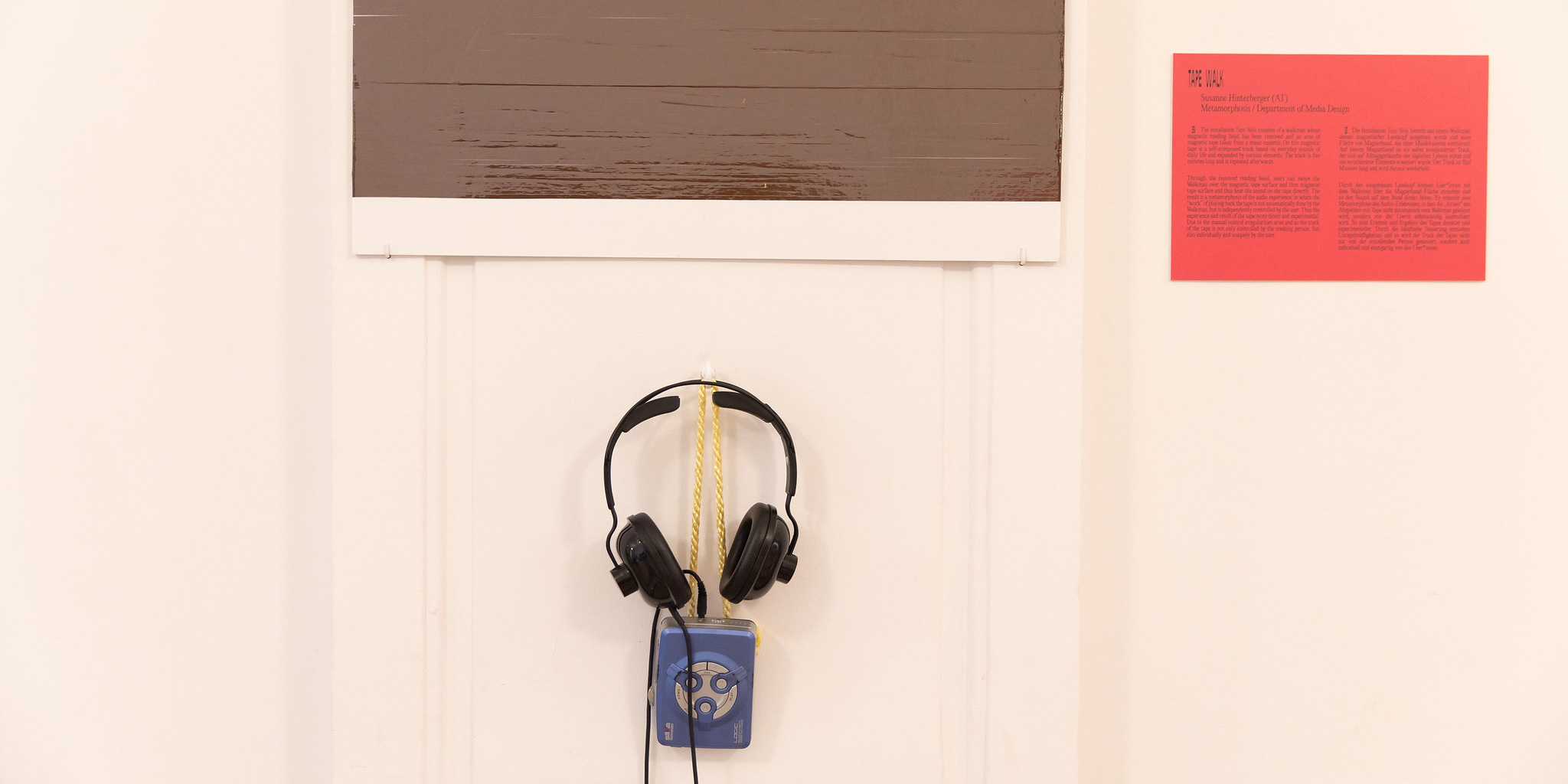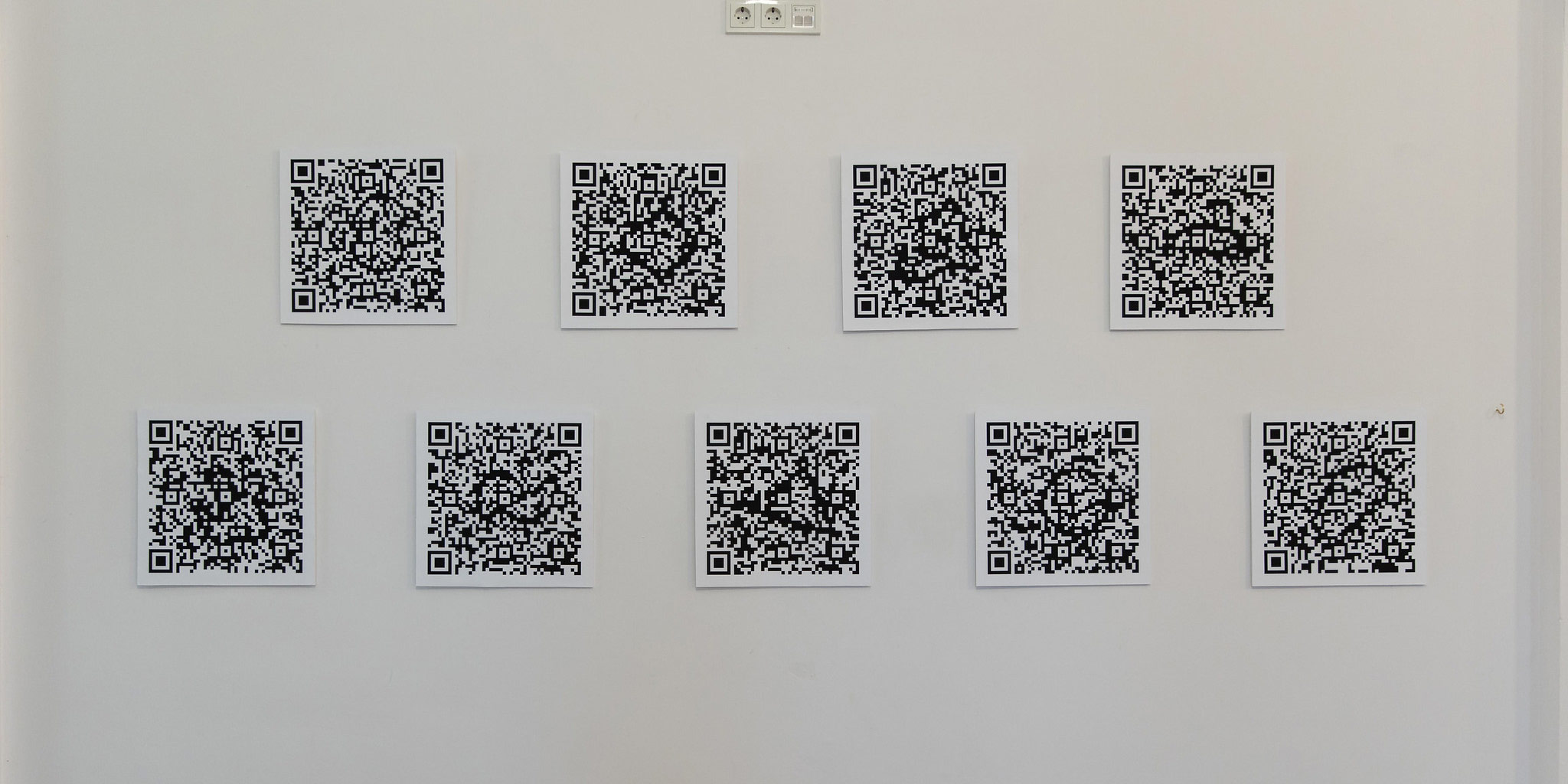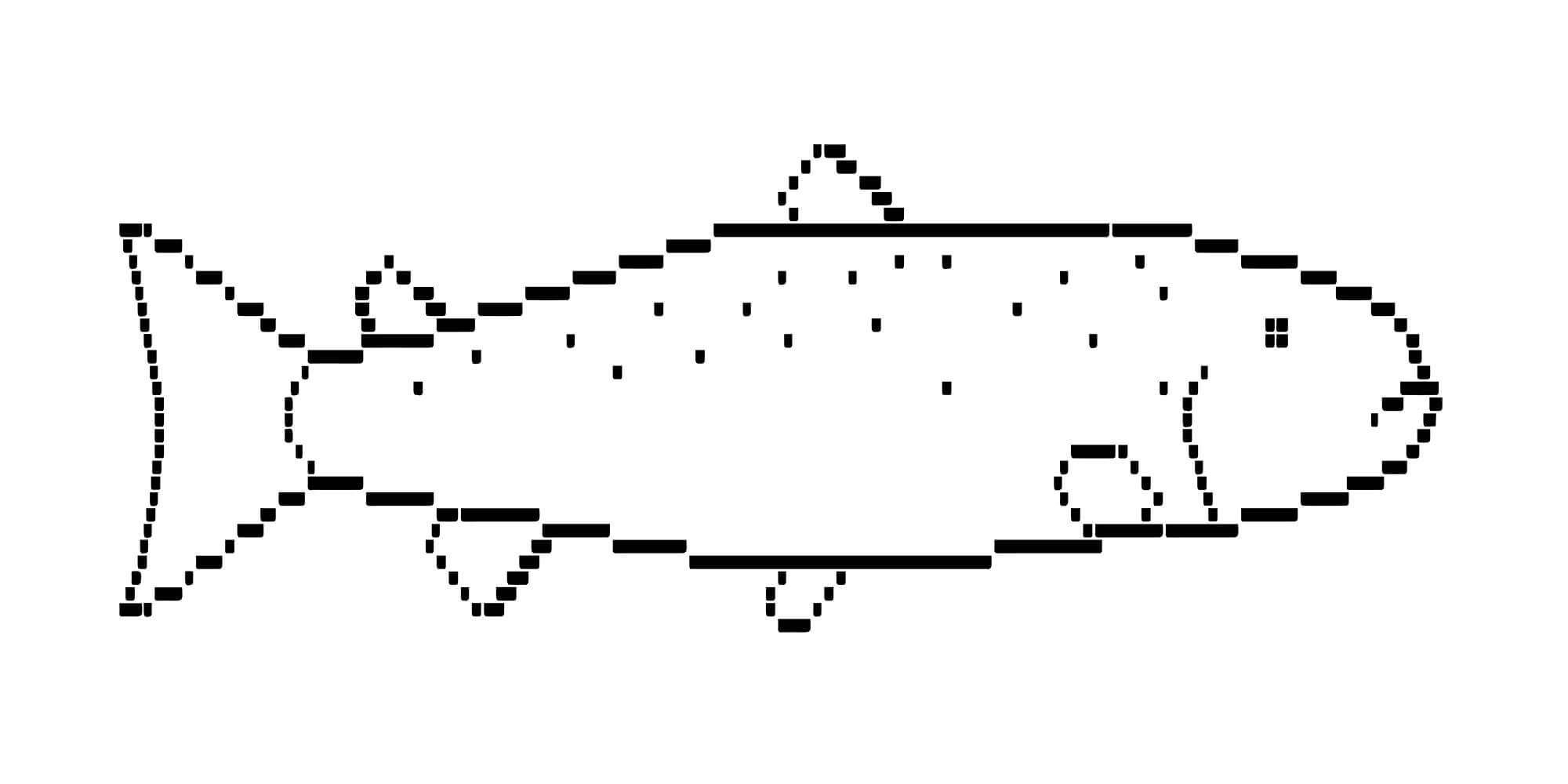Topografische Video Installation
Reinhard Zach (AT)
209,000 photos on a bicycle tour of Moscow: for 2 weeks, the camera is automatically activated every 20 meters. The surrounding topography becomes visible in real time. The perception of distances has changed since people started using motorized vehicles. Distances within a city are perceived as greater, while modern transportation systems seem to shorten distances between cities. The video installation follows the route at a continuous speed of 18 km/h, and reflects not only on the size of our continent, but also on the world beyond the expressways.
Voices Diversity
Michael Kramer (AT)
Seven artists of ClickCollectiv (collective for FLINTA* musicians) perform acoustically through one loudspeaker, each of which is integrated in a circle at head height. Through conversation, discussion, pleading, soliloquy, singing, or exploration of the limits of the human sound spectrum, charged, coherent and dissonant harmonies and statements emerge.
Digital Ritual
Michael Kramer (AT)
An LCD panel is used to modify a discarded overhead projector into a digital projector. The projection shows the old teaching practice with an overhead projector. The work deals with slow shifts within fast technical changes and confronts the human being as a creature of habit faced with constant changes.
Ich möchte heute einen Wasserfall anziehen
Rosa Schwarz (AT)
The work translated the functions of a ritual, protection and security to the body and its adornment. From the meaning to its visualization in daily life, from the superficial to the profound, the body and its environment become a projection surface. Feelings and places of desire are projected in a time of isolation. From waterfall to „no-signal“, that’s how I felt.
Generation:Transformation:Film
Vera Dittenberger (AT), Susanne Hinterberger (AT), Alexandra Loitfellner (AT), Joel Teodoro (AT), Judith Zdesar (AT)
A Super 8 clip is the starting point of a cinematographic metamorphosis, followed by VHS, MiniDV, and HD video. At each step of the process, the clip is projected and subsequently filmed with a different format/medium. In the process, the clip keeps changing its character, its content, its „look“, its quality. With each generation, information is lost, and a new perspective gained. In this metamorphosis, all steps are projected side by side and make the process visible in the change in materiality, the loss of objective quality and stylistic form.
ähnlich
Bertram Verdezoto Galeas (AT)
ähnlich refers to the transformation processes of (private) media practices and allows a look at analog techniques of the recent past. These reveal a drastic change in mediality within a generation, and make a media imprint that evokes certain subjective memories visible.
The Sound of Braille
Alexandra Loitfellner (AT)
Texts by deaf-blind writer Helen Keller are translated into Braille. The Braille-notation serves as „MIDI notes“, which are holes punched in a paper strip and played on a mechanical music box. The Sound of Braille makes literature haptically and melodically tangible. The initial text completes its transformation from written word, via Braille, to a melody.
Blind Spot
Hasan Ulukisa (AT)
„Since I first visited the Bosnian ‚horror camp‘ Vučjak, where refugees were violently held up—only 224 km away from Austria — with the SOS Balkan Route initiative in 2019, the suffering of the people there has never left me. The fight against the normalization of those ugly images, the empathy and helpfulness of many people, formed the foundation of my work.“
HYDRA
Jennifer Eder (AT) & Robert Starzer (AT) (music by Indorsia)
HYDRA leads into the cellar of the Art University, while the title recalls the mythical multi-headed monster that can only be defeated by using all of one’s strength and cunning. Photos of the cellar are combined with animated images from the Gurlitt Collection. Through the fast, collage-like arrangement, hand camera aesthetics and a metalcore soundtrack, the oppressive atmosphere of the cellar emerges with relation to the building’s NS past, and recalls Gurlitt’s trade of looted art.
Escape
Shari Keplinger (AT)
Escape is a very personal artwork; it shows an outbreak from a feeling, from an emptiness. “It’s an installation about a period in life, about hurting and loving.“ The artist developed the installation from a journal she kept some time ago.
Ich habe keine Träume mehr gehabt
Shari Keplinger (AT)
What can be read from people’s gazes? Can photos of eyes tell us what they once saw? Ich habe keine Träume mehr gehabt is one of many survivors‘ descriptions of their time in the Gusen concentration camp. While the eyeless mask remains lifeless and without eye contact, the footage of the memorial seems to look for orientation and support.
Tape Walk
Susanne Hinterberger (AT)
A magnetic tape is removed from its cassette and applied onto the wall. Furthermore, a Walkman was hacked to expose its reader. The magnetic tape contains a self-composed track with noises from daily life, and other elements. The hacked Walkman allows users to touch the surface and listen directly. A metamorphosis of the audio experience is created, where the „work“ of playing is done manually instead of by a device, to create a unique output.
MIDI-Code
Melanie Steinhuber (AT)
MIDI-Code presents a transformation in various layers. Five visually created codes from midi notes show different images, while the sound is created from the visual design of the notation. The graphic is embedded in a QR code and, when scanned, reproduces both the image and the sound generated by the notation.
3Drio Transformation
Reinhard Zach (AT) & Lukas Jakob Löcker (AT)
Wait, listen, react; 3D printer, cello and synthesizer as a chamber music trio and „interface“. As the rhythm of the printer, the deus ex machina sets the repetition of the interface which gets picked up, counteracted and evolved by two persons with different instruments. The improvisation is a form of communication between human and machine, a sonic experiment to connect and transform different medialities.

